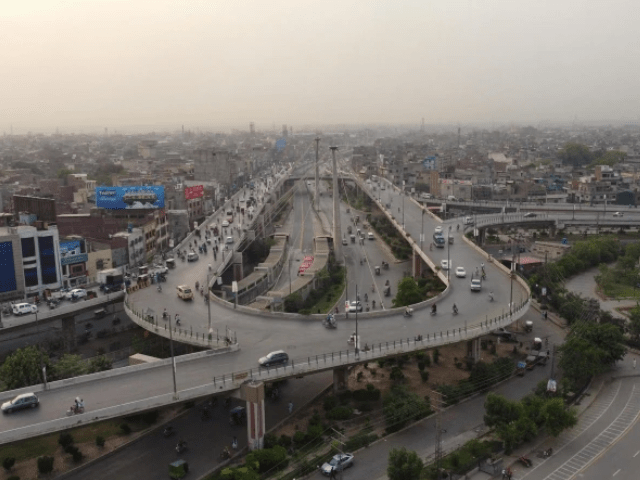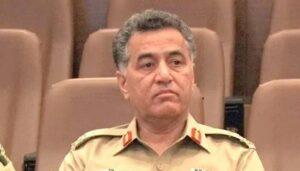The very high temperatures and urban expansion without control are making life more and more difficult for Lahore residents, experts warn, while the city experiences an early and intense heat wave.
Once known for its different seasons, Lahore now alternates between the smog and the extreme heat, a change attributed to climate change and the explosive population of the city.
The Department of Meteorology of Pakistan (PMD) has predicted unusually high temperatures in the next 10 days, and the maximum daily 40 ° C are expected to reach 40 ° C, well above the April standard.
PMD data shows a constant increase in April temperatures in recent years, reaching its maximum point at 42 ° C in 2022. This year, the city is on the way to match or overcome those extremes.
Environmental researchers say that the temperature increase is related to the deforestation and construction of mass. Between 1990 and 2020, much of Lahore’s vegetation gave way to concrete and asphalt. Only from 2010 to 2017, the city lost 70% of its tree coverage.
The Urban Unit of Punjab reports that the accumulated area of Lahore has almost doubled in two decades, from 438 to 759 square kilometers, while the green space now represents only 2.8% of the total land.
This rapid development has triggered what experts describe as a “urban heat island effect”, where buildings and roads catch heat during the day and release it slowly at night, maintaining high temperatures.
The PMD, together with environmental scientists, cites global warming, loss of vegetation, industrial emissions and defective urban planning as key taxpayers to worsen heat waves.
Provincial Disaster authorities have issued thermal safety notices that urge residents to avoid leaving 11 am to 4 pm, stay hydrated, wear light clothes and monitor vulnerable people. In case of symptoms such as dizziness or nausea, medical assistance should be seen immediately.
Experts emphasize that, although these guidelines can offer temporary relief, LAHORE needs a long -term climate resistant urban planning. Solutions include preserving existing vegetation, mass tree planting units and integrating climatic considerations into the city’s development plans.
Without urgent action, scientists warn, extreme heat can become the new normality in cities such as Lahore, threatening public health, agriculture and urban economy.




